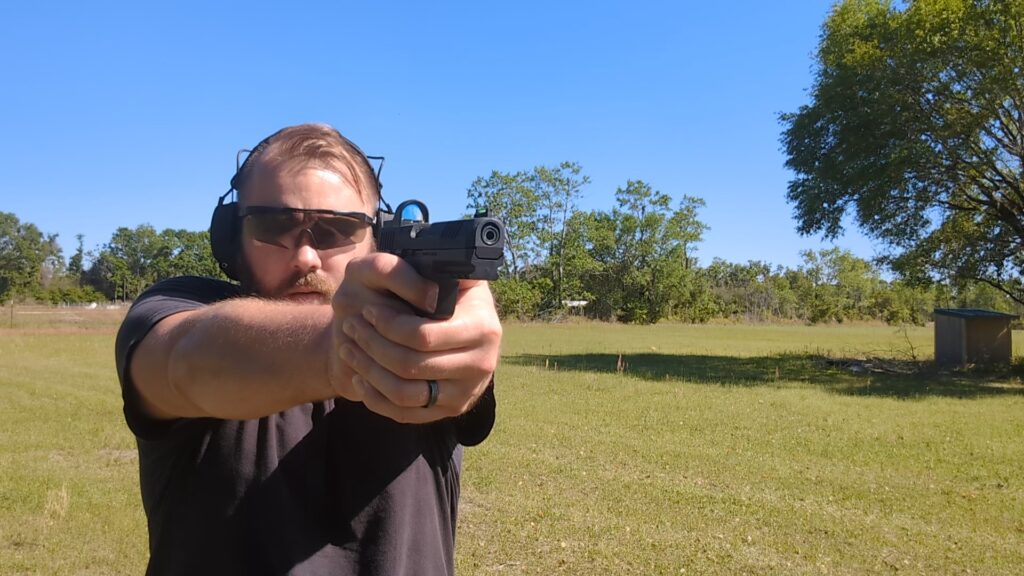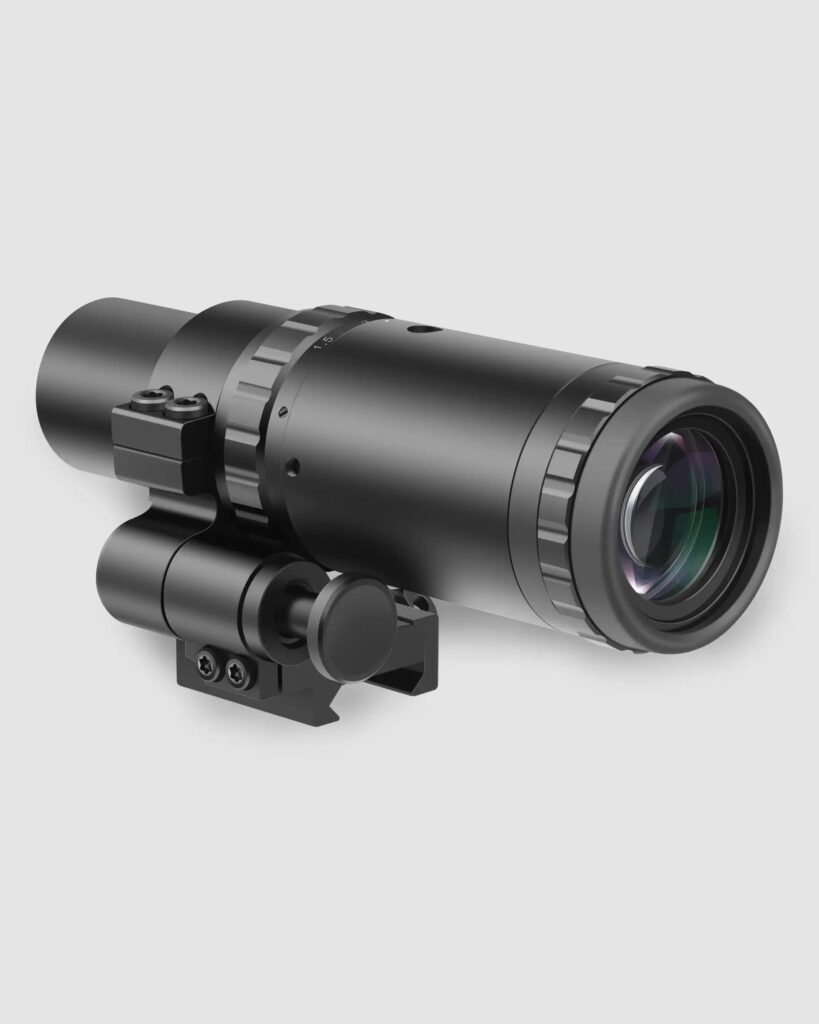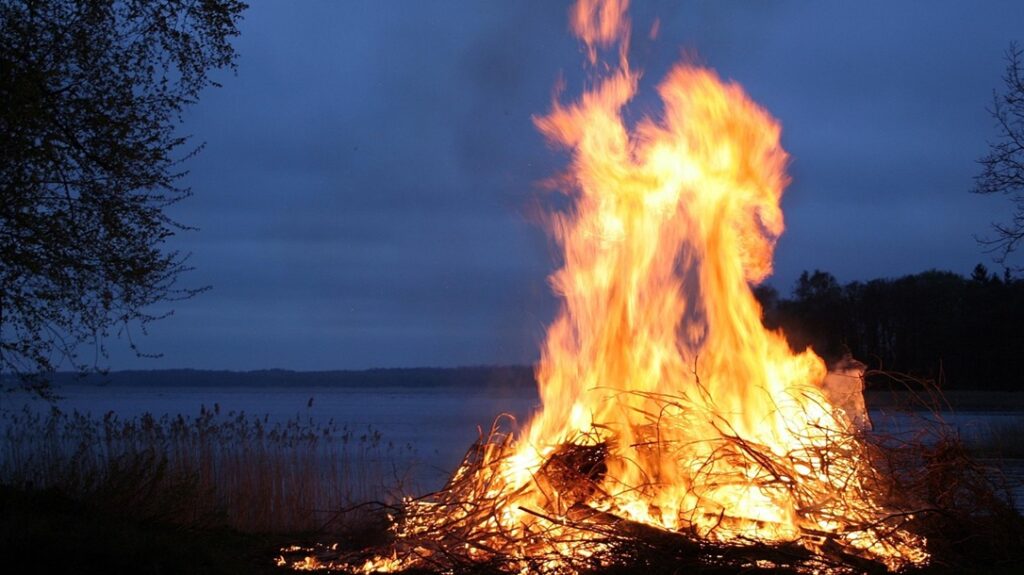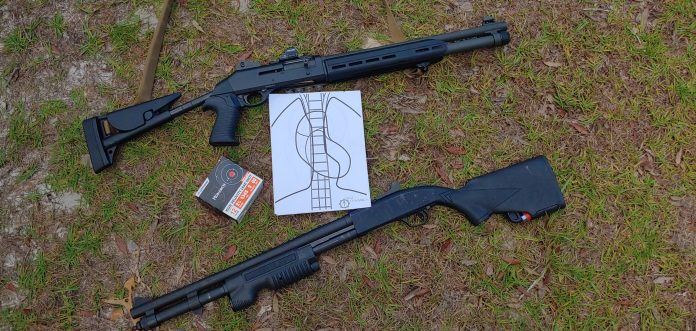The .357 SIG was produced by taking a 9mm projectile and necking down a .40 S&W case to accommodate it. This produced a high-pressure, fast-moving 9mm round that was attempting to replicate .357 Magnum performance. Bottleneck pistol rounds are odd, but many people thought the .357 SIG was the first to try to combine a popular case with a popular projectile. However, there was a cartridge called the .38/.45 Clerke that came before it.
The .357 SIG did achieve a SAAMI spec, which pulled it out of the wildcard market. The .38/.45 Clerke never made it that far. A man named Bo Clerke designed the cartridge in 1963, and it premiered in Gun and Ammo magazine. The .38/.45 Clerke combined a .357 projectile with a .45 ACP case. The case was bottlenecked to accommodate the smaller projectile.
The .38/.45 Clerke: Same Idea, Different Purpose
The .357 SIG wanted to replicate .357 Magnum performance in a semi-automatic format. They wanted to maximize velocity and accepted the increase in recoil. The .38/.45 Clerke had a different goal. Bo Clerke’s intention was to design a low-recoiling target round. Bo Clerke also wanted the gun to work with a wide variety of projectile types.
Advertisement — Continue Reading Below
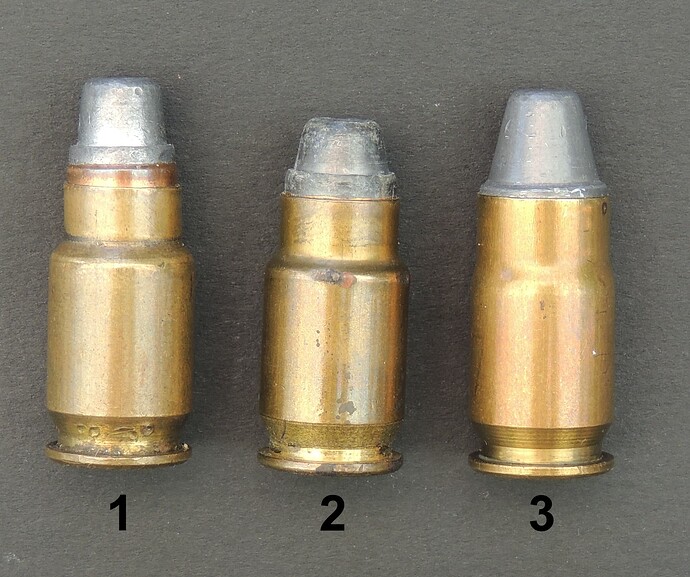
You could use a standard round-nose bullet, but the use of .357 projectiles opened up the market to wadcutters. Wadcutters were immensely popular for shooting targets. They left a perfect circle in the target and made scoring easy. The problem was that flat rounds don’t feed well in semi-autos.
Mr. Clerke’s solution was to use a much larger case to ensure it would feed in a semi-auto 1911 platform. This would make it one of the few semi-autos that could handle wadcutters. The 1911 format also meant you didn’t need one of those crazy expensive target pistols. A shooter could get into an NRA Bullseye Match with a semi-auto without having to buy a pricey S&W Model 52.
Advertisement — Continue Reading Below
The .38/.45 Clerke could project a 130-grain bullet at 1,245 feet per second. It wasn’t a slouch, but it wasn’t a high-performing cartridge either. It’s a bit more powerful than a basic 124-grain 9mm round, but not exceptionally so. Of course, you still got the same limited capacity you’d get with a .45 ACP due to the size of the case.
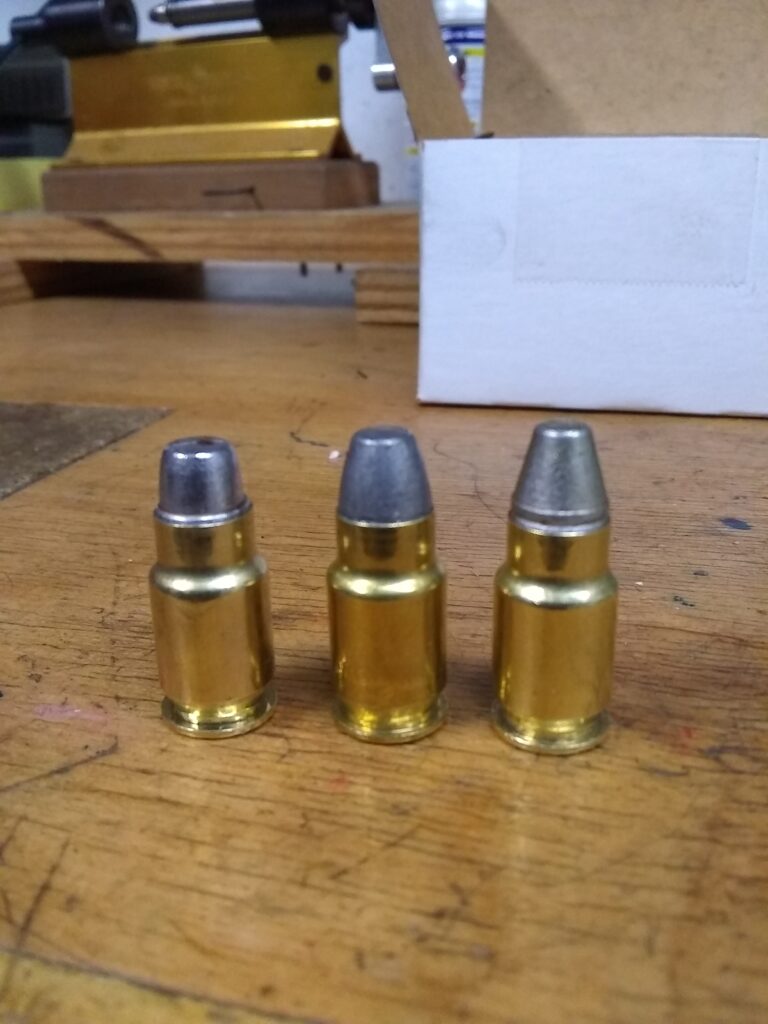
Running and Gunning with the .38/.45 Clerke
The use of a .45 ACP case and .357 bullet made it easy to reload the cartridge. You need form and sizer dies, but it wasn’t out of this world. Most M1911 pistols can be converted to .38/.45 Clerke. You need to swap the barrel, and typically, the easiest way to accomplish this task is to ream out a .38 Super barrel. Bar-Sto even made .38/.45 Clerke barrels as drop-in replacements.
Advertisement — Continue Reading Below
The round made some headway with Bullseye Shooters, but never climbed out of the wildcat market. These days, a few dedicated M1911 aficionados still reload the cartridge, and the dies are available if you want to do something a little crazy.
The .38/.45 Clerke is a largely forgotten part of both Bullseye history and M1911 history. It was a simple and creative solution to a fairly niche problem. Mr. Bo Clerke was clearly a smart man, and he simplified a complicated problem.
Advertisement — Continue Reading Below

